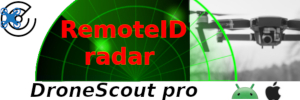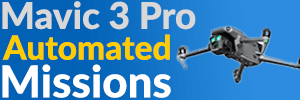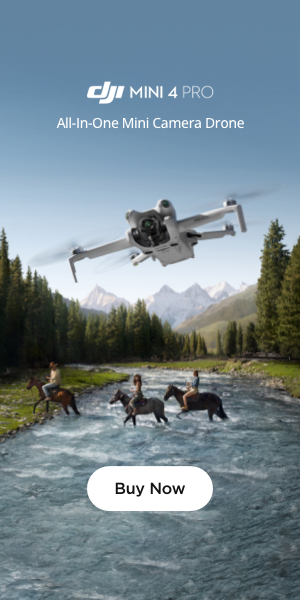There are some really good and small thermal cameras online, like the xinfrared t2 pro for a few hundred dollar.
I have tried it and it is really amazing how good it is for its seize and price.
Why is it so hard to just put it on a drone and then send the signals to my dji remote controller?
I eally dont understand how most thermal drones today go for 5-10k usd beccause the thermal camera it self is nothing special on those drones.
I bet the thermal camera for 500 usd is just as good.
You dont even have to be able to till the camera up and down, it would be great even if it would be in a fixed position.
Am i stupid or is there more to it than just put the thermal camera on the drone and make it send signals to the controller?
I have tried it and it is really amazing how good it is for its seize and price.
Why is it so hard to just put it on a drone and then send the signals to my dji remote controller?
I eally dont understand how most thermal drones today go for 5-10k usd beccause the thermal camera it self is nothing special on those drones.
I bet the thermal camera for 500 usd is just as good.
You dont even have to be able to till the camera up and down, it would be great even if it would be in a fixed position.
Am i stupid or is there more to it than just put the thermal camera on the drone and make it send signals to the controller?









